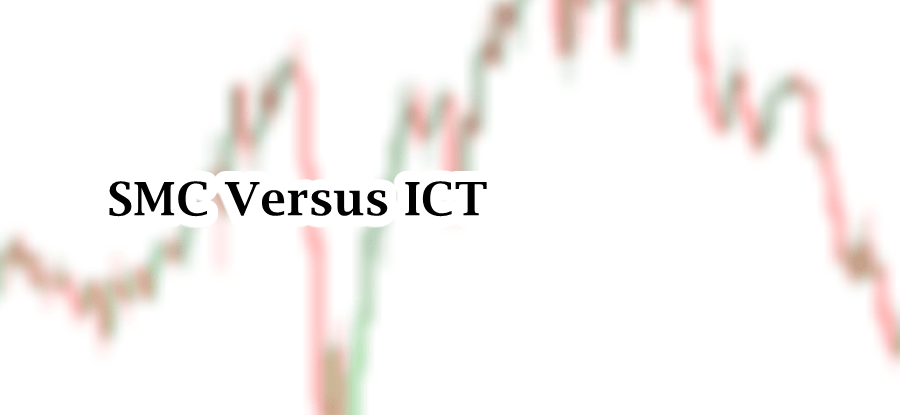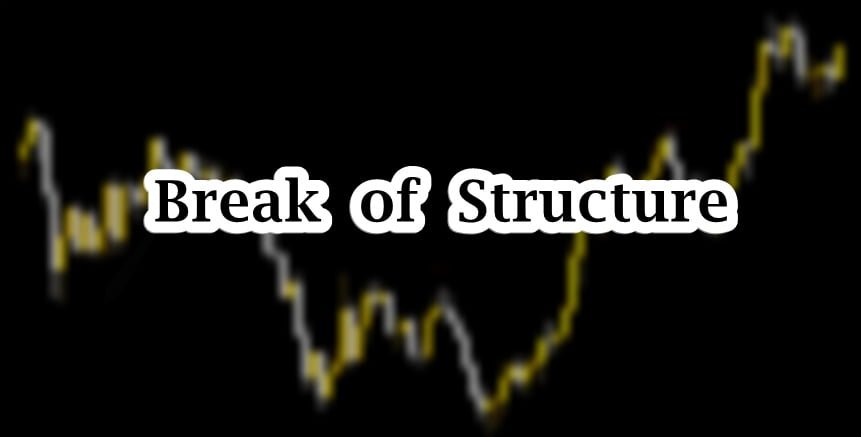
Table of Contents
Trading the financial markets requires deep insights for trading and investing. Market moves either in uptrend/downtrend or in consolidation. There are strategies that can help us trading trend reversals in the market. However, it is difficult task to trade trending market. Trading a trending market is all about finding accurate entries in pullback of the market. Premium and discount zone are key in this case. It is possible to find logical entries in the zones. This article explores the key of premium and discount zones, how the zones are used in trending markets (in uptrend and in downtrend).
Understanding Premium and Discount zones
In the context of “Smart Money Concept” and ICT, particularly in the domain of forex and other financial markets, the terms “premium” and “discount” zones are important for understanding market dynamics, especially when dealing with price action and determining most favorable entry points for trades.

For understanding premium and discount zone, It is important to understand equilibrium level. It is also known as basic/fair value. The equilibrium is the midpoint of a given price range. It serves as a reference point for dividing the price range into premium and discount zones.
The equilibrium represents the “fair value” of the price over the range being considered. Traders use this as a benchmark to decide whether the current price is in a premium or discount zone.
Premium zone is the area above the equilibrium level of a price, on the other hand, discount zone is the area below the equilibrium level of a price range.
ICT Premium zone in Forex and other Financial Markets
Above the equilibrium level is the premium level. Smart money and ICT trader employ the strategy to find potential sell entries. In the following two cases, premium zones can be used in identifying potential sell opportunities:
- First is simple and straightforward. There should be a clear downtrend (bearish trend). In order to identify premium zone, a trader can use Fibonacci retrace tool from recent swing high to swing low with clear break of structure (BOS).

- Premium zones can also be useful if a trend reversal occurs (with clear Change of character). Initially, the market movement is seen as uptrend movement, but after appearance of change of character (CHOCH), we can draw our important levels.

Premium zones are not used on its own. There are multiple other ICT considerations that we use in ICT and SMC analysis. One of the considerations is looking for order blocks and supply & demand zone. Institutions that have initiated short positions (selling) at higher levels are often looking to take profits as the price retraces back up towards the premium zone. They see this as an opportunity to re-enter or add to their short positions at better prices.
ICT Discount zone in Forex and other Financial Markets
Below the equilibrium level is the Discount zone. Smart money and ICT traders employ the strategy to find potential buy entries. In the following two cases, discount zones can be used in identifying potential Buy opportunities:
- First is simple and straightforward. There should be a clear uptrend (bullish trend). In order to identify discount zone, a trader can use Fibonacci retrace tool from recent swing low to swing high with clear break of structure (BOS).

- Discount zones can also be useful if a trend reversal occurs (with clear Change of character). Initially, the market movement is seen as downtrend movement, but after the appearance of change of character (CHOCH), we can draw our important levels.

Additional ICT concept in P/D zones
When trading using ICT (Inner Circle Trader) concepts, understanding premium and discount zones is crucial, but additional considerations can enhance the effectiveness of these zones in trading strategies.
- ICT and SMC traders analyze the overall market structure and identify trend accordingly. Before focusing on premium and discount zones, ICT and SMC trader analyze the market structure on higher time frames (daily, weekly). Understanding the broader trend and key structural levels (swing highs and lows) can help identify the most relevant price ranges for determining these zones.
- Identification of liquidity points within the price swing is also crucial in SMC and ICT trading. Institutional traders often target areas where liquidity is concentrated, such as previous swing highs/lows, which typically align with stop-loss orders from retail traders. Premium and discount zones often coincide with these liquidity pools, providing institutions with the opportunity to enter or exit trades with minimal slippage.
- Significant point of interest is referred to as Order Blocks. These are areas where significant institutional buying or selling occurred, leading to a sharp price move. Valuable Order Blocks are found within premium (incase of downtrend or top reversal) or discount zones (in case of uptrend or bottom reversal) and serve as critical areas of support or resistance.
- SMC and ICT focus on Imbalance and Fair Value Gaps. Gaps between price bars that haven’t been fully filled can act as magnets for price. These gaps are often found within premium or discount zones. In a downtrend, a fair value gap in the premium zone might be a target for price to retrace before resuming the downtrend.
- Market session timing is the foundation of ICT trading. Institutional traders are highly active during specific market sessions (e.g., London open, New York open). Premium and discount zones take on added significance during these times as they are likely to be respected or violated more strongly when liquidity is high.
Premium and discount zones do not stand on its own. Incorporating the following concepts in market analysis increase the chance of win rate. These are the element that can help us in anticipating in better market movements. Ignoring the elements can lead to poor trading outcome.
Final Note
Trading in financial markets, especially using ICT concepts, offers significant opportunities but comes with inherent risks. Understanding market structure, institutional behavior, and the dynamics of premium and discount zones is crucial. However, even well-planned strategies can face unexpected challenges. Effective risk management, emotional discipline, and continuous learning are essential to navigate these complexities and protect capital, ensuring long-term success in the ever-volatile financial markets.
Frequently Asked Question (FAQs)
What are premium and discount zones in trading?
Premium zones are areas above the equilibrium (midpoint) of a price range, where the asset is considered more expensive, ideal for selling. Discount zones are below the equilibrium, where the asset is cheaper, ideal for buying.
How do institutions use premium and discount zones?
Institutions often sell in premium zones during a downtrend and buy in discount zones during an uptrend. They use these zones to execute large orders with minimal market disruption and to exploit liquidity.
Why is higher time frame analysis important in ICT trading?
Higher time frame analysis provides a broader view of market trends and structure, helping traders align their strategies with the overall market direction and identify stronger, more reliable premium and discount zones.
How do market sessions affect trading decisions?
Market sessions (e.g., London, New York) bring different levels of liquidity and volatility. Understanding session timing helps traders align their strategies with institutional activity and enhances the effectiveness of trading within premium and discount zones.
I’m Abdullah Shah, a content writer with three years of experience in crafting engaging and informative content. My background in market analysis complements my work, allowing me to create content that resonates with audiences. I’m also a seasoned practitioner in the forex and crypto markets, with a strong foundation and deep interest in finance. My passion for the financial world drives me to produce content that is both insightful and valuable for those interested in understanding market trends and financial strategies.





